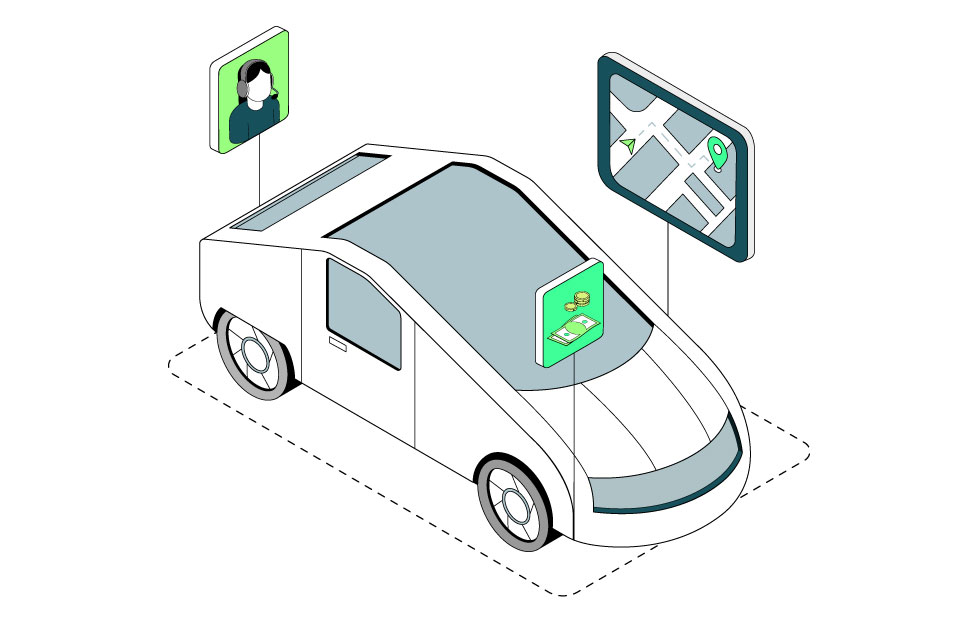By Jo Causon, CEO, The Institute of Customer Service
Just as we recently celebrated ten years of the UK Customer Satisfaction Index (UKCSI, so in a couple of weeks’ time The Institute will be holding our tenth Annual Conference and UK Customer Satisfaction Awards. This creates a good opportunity to step back and reflect on where organisations are heading with their customer service performance. And this is something we really need to do. As I have written before in previous months, customer satisfaction levels are on a worrying downward trend that seems to be becoming entrenched. January’s UKCSI saw the lowest overall score since 2015.
Businesses are operating in challenging times. The last few years in particular have seen some fundamental changes in customer behaviour. They are spending less, and being more careful about it, whilst having almost endless choice. We have also seen a tremendous rise in the importance that consumers ascribe to ethics, social purpose and sustainability. All of this has occurred during a time of almost unprecedented political upheaval and transition that has created a really divided society in the UK.
These are difficult waters for any organisation to navigate. I am not pretending it is easy. But I fear that we have seen a somewhat muddled response from many businesses, who need to regain clarity on their purpose, which customers they are serving, and how they are serving them.
There are some clear distinctions to be made. We can divide organisations into two broad groups in terms of a service agenda: those providing essential services (such as utilities companies and public sector/local services organisations) and those providing branded experiences (consumer businesses across various sectors).
For essential services, the transactional elements of service are key. They need to be easy to do business with, accessible, efficient, reliable, accountable and able to get the basics right first time. They need to use technology and automation to offer smooth transactional pathways, but retain human contact to quickly resolve complex issues. They also need a personalised approach to deal effectively with certain groups such as vulnerable customers.
For branded experience businesses, they also need to get these essential service elements right “that is always non-negotiable” but on top of this it is about offering differentiation, greater personalisation, and a clear proposition that is focused on core customer markets. This last point is important: no business can be everything to everyone. Strategic choices need to be made in this area.
Getting these elements right, and especially the balance between digital/automated channels and the human touch “is key to providing high standards of service.
But what really creates outstanding service is the ability to deliver on the wider elements that are becoming more and more important to customers. This is around having a clear corporate purpose, a strong ethical proposition, engendering trust and making the customer feel that they are really valued and understood.
You can’t do these things unless you are absolutely clear at a strategic level about why you are in business and who you are really trying to serve. From there, it becomes about brilliant execution and a commitment to always striving to do better.
At the same time, organisations must be really clear about their channel strategies. Too often, I see businesses who seem to be aiming to make the online and offline channels mirrors of each other. But they are different, and should be treated as such.
Another key feature of our digital age is the generation of more and more customer data. But I fear that many organisations are using this data to try to sell more rather than to serve better. When customers give a business their data, they expect to receive an improved and more personalised experience. If instead it results in increased sales pressure, they will be disappointed and less satisfied and, more significantly, will withdraw their engagement.
My message to organisations is: take a moment and reflect on where you really are in your customer service journey. Does it reflect your purpose and values as an organisation? Are you clear about who you are serving and why? If not, what do you need to do to adjust your trajectory?
I’ll be presenting on these issues in more detail at our Annual Conference on 3rd March 2020. I’m sure our members will have plenty of fascinating insights to bring as, collectively, we strive to get customer satisfaction back on an upward trend.



